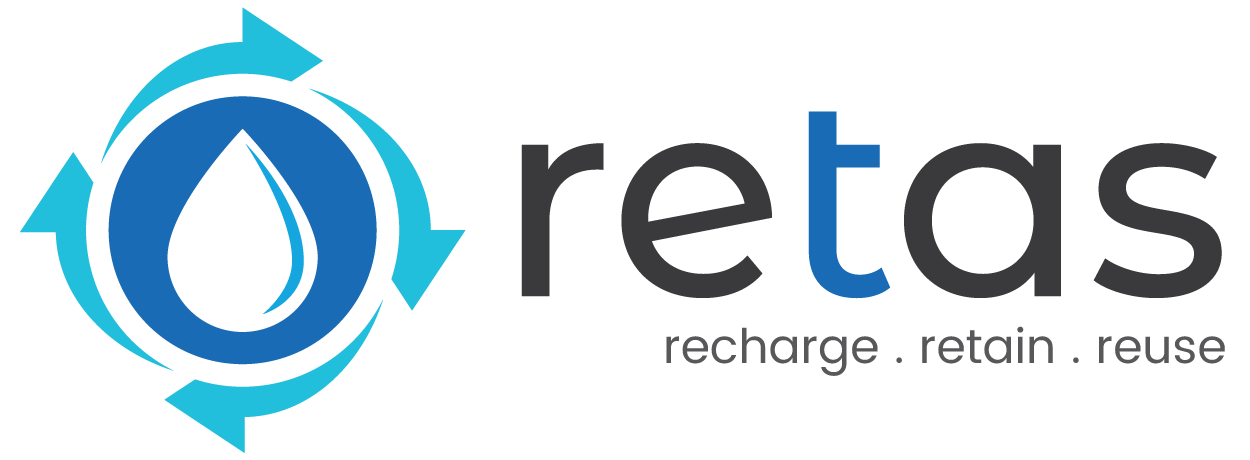Modern Rainwater Harvesting Collection System
Over 35 Million People Get Benefited With Modern Rainwater Harvesting Collection System
Do you have an idea of the water situation in our country? What do you think about how many people do not get enough fresh water to drink? Surprisingly, pollution is not the only problem, we are facing a more intense situation of water scarcity that creates intense pressure on us as well. Excessive use of groundwater and less predictable rain patterns urge us to build a modern water collection system.
In August 2023, India declared a drought emergency in the middle of its driest August and became one of the eight countries that declared drought emergencies that year. Afterwards, the situation has not improved a bit. In February 2024, moderate drought hit 26% per cent of India's territory and about 4.9 million residents were affected by groundwater contamination in the next month. The numbers are not so good and urge us to think about the solutions in order to address the situation smartly. That’s why our government has started innovative programs and schemes to tackle the situation precisely such as implementing rainwater harvesting systems into many areas.
Rain Collection System: Types and Services You Should Know
Water collection or water harvesting is a method to collect and store rainwater to be used for various non-drinking purposes. You can collect water from an open surface or roof and keep it in a deep pit. If you use professional services, experts will install the system and channel the direction of water perfectly.
Rainwater harvesting is one of the easiest ways to conserve water and reduce water stress even if you face water scarcity in your areas. Irrespective of the method you choose, harvesting water is the most smart and sustainable choice for water conservation.
Formula of water collection
According to the Federal Energy Management Program, you can estimate the amount of water collected through the rainwater harvesting system:
Water collection = Catchment area (roof size in square feet) x Monthly rainfall (inches) x Conversion factor (0.62) x Collection factor (75%-90% to account for losses in the system) Or Collected rainwater in litres = mean annual rainfall in mm x area in m² x runoff factor To get more understanding, let’s imagine you have a roof of 110 m² with a mean rainfall of 450 mm. Assume that only 90% of the rainwater is collected. Then, you can collect rainwater. 450 x 110 x 0.9 = 44550 litres of rainwater
Types of Water Catchment System
There is no big difference in the methods of water collection. Usually, the scale of the system varies and enhances the water conservation effectiveness.
Rain Barrels
Rain barrels are one the most common and easiest methods that people may have heard of. In this system, experts install a barrel at a gutter downspout in order to collect rainwater. The best thing is that barrels can be implemented by anyone at any residence. Additionally, barrels don’t take much space so they can be installed anywhere in any condition.
However, the capacity generally ranges from 100 to 500 gallons. Sometimes, the water overflows.
Dry System
In this method, you can witness variations in the set-up of the rain barrel. However, you require a larger storage volume for dry system water collection. After each rainfall, the collection pipes get dried as they are emptied directly into the top of the tank.
A dry system is beneficial for storing large amounts of rainwater and is best for places where rainfall happens irregularly. The system is less complicated and requires minimum maintenance. But you need to locate your storage tank next to your house.
Wet System
In a wet system, collection pipes are kept underground and connected to multiple downspouts from different gutters. Through the pipes, the rainwater is stored in the tank after going through the vertical pipes.
For proper flow of the water, it is necessary to have water-tight connections for downspouts and underground collection piping. The system can collect water from your entire collection surface and multiple gutters. It's a bit costly as you have to place your pipes underground.
How Do You Can Create a Water Collection System?
Generally, when you want to build a simple rainwater collection, you require a catchment area for collecting rainwater, a way to direct the water, and a storage system. As the system doesn’t have proper filtration and storage, you cannot use the water for drinking purposes.
For a more conventional method, you can ask a professional to install a rainwater harvesting system. By installing more than 1000 systems in different locations, we meet the diverse requirements of our clients. With every project installation, we gain experience and understand how to customise our modular rainwater harvesting system as per the requirements.
We specialise in designing and implementing a modular rainwater harvesting system using advanced modular technology. We use 100% recycled PP material in order to produce less CO2 emissions.
Our expert team inspects the pipelines to enhance the performance of the system. We focus on an eco-friendly and sustainable approach to save water for future generations.
There are several queries raised when you install a rainwater harvesting system or water catchment system. So, connect with us at any time and solve your concerns to get the maximum benefits of rainwater harvesting.



